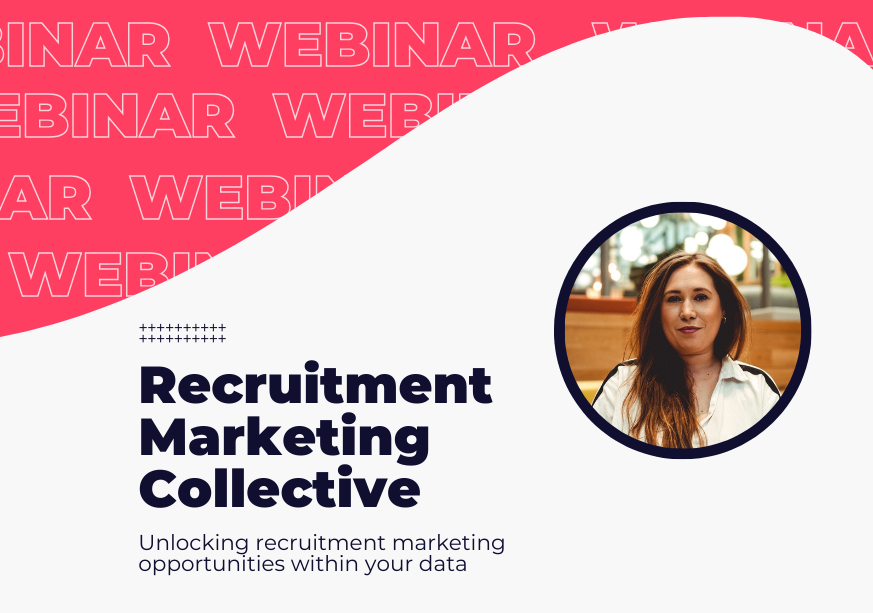Explore our NEW Knowledge Base and Help Desk to find everything you need to attract, engage and convert talent with your Vennture website.
Discover MoreConversion Woes? Focus On Your Copy
07 Oct, 20152 minutes
Your landing pages aren’t converting. They look great, use proven messaging and are getting traffic, but they just aren’t doing the business.
Your time is limited. Your budget is spent. You’re missing opportunities and you’re out of ideas. The good news is you’re not alone.
Campaigns don’t always work, especially on the first attempt. It may be tempting to go back to the start or wait until you can afford a redesign, but take a moment to look at what you’ve already got.
There will always be changes to consider, but don’t just get caught up in images, buttons and forms. Revisiting your copy should be just as important.
By making your words work harder, you can help yourself and your visitors by removing distraction, miscommunication and doubt from your landing pages.
Forget expensive tools and media, all you need is some time for simple analysis and basic human empathy.
Be Clear
Attention spans can be short, especially when urgency is high. Nothing pushes people to close a tab quicker than confusion, so your landing pages must be clear at first glance.
Ensure the goal of every page is focused, not blurred with far too many words and options crying out for attention. It’s commonplace for certain banners and ‘useful’ material to be displayed in the right column of pages as standard, but while a general FAQ or links to related pages may be useful to one kind of visitor, it could distract others.
If you’re confident in your ability to attract a targeted audience with a clear purpose, present them with a targeted page with a clear purpose. Cut away anything that doesn’t actively push for the specific conversion you’re hoping for and you’ll find that as a page’s focus goes up, conversion rates often follow.
Mobile readers demand clarity in a different sense. They’re happy to read long, detailed pieces, but only if you put in the effort too. Initially, mobile visitors may only see very top of a page, so use concise, punchy headlines to make the first lines count and get straight to the point.
Making a site responsive is a brilliant start, but don’t assume all mobile visits are now taken care of. Your paragraphs may look nice and spacious when viewed on a 1920x1200 resolution monitor, but when crammed onto a mobile screen it could be a wall of text. Do whatever it takes to ensure your text is easy to read on all platforms.
Being clear on your landing pages is essentially about doing more with less, whether that’s the amount of text or the number of goals on a page.
Be Connected
The context in which a visitor lands on your site is often overlooked, but it can quickly explain poor conversion rates.
Put yourself in your audience’s position: look at where traffic is coming from and empathise with their journey. Are your search listings promising one thing but linking to another? Do your display banners look totally different to your site? Has a recent referral slightly mislabelled your services or linked to the wrong page?
If you’re attracting people with one promise but they’re met with something else on arrival, it’s no wonder they’re leaving before converting. The connection that grabbed their attention has to be fulfilled by your website, so make the purpose of your landing pages as obvious as possible and check the relevance of all traffic drivers.
This approach will also combat another common flaw, believing you have already won a visitor over. Don’t assume you’ve got somebody hooked just because they’ve landed on your site – they may not remember the exact offer, purpose or motivation that led them to you. At some point, we’ve all paced into a room and immediately forgotten why.
So you better reiterate your offer. Make it obvious. Make it unavoidable. If your style and proposal are instantly recognisable, you stand a better chance of breaking through and making that all-important connection.
Be Trustworthy
It’s a popular belief that salespeople lie. They want our money and will stretch the truth as far as they can to get it. This attitude can also be applied to web copy and is what derails many conversions.
People are suspicious. When we’re told something by somebody with something to gain, doubt is our natural response. Some people will always be cynical and you’ll never be able to fully wipe out this doubt, but you can stem the tide.
Reinforce your pitch with appropriate trust elements, such as case studies, testimonials and reviews. Leverage your social following and include statistics about your number of happy customers to demonstrate just how trustworthy you are. Until you can objectively look at your page and be convinced by what you see, you can’t realistically hope to convince a customer.
Even genuine testimonials can appear, or be read as fake, but do all you can to build as much trust as possible. Words from real people hold real weight. Sometimes the most effective copy can be a line you didn’t write.
Whether the cause of your conversion woes is a lack of trust, confused visitors or a muddled message, your copy can help you fix it.
If you revisit and refine your landing pages rather than set and forget them, you can always do more to convince and convert your audience.



